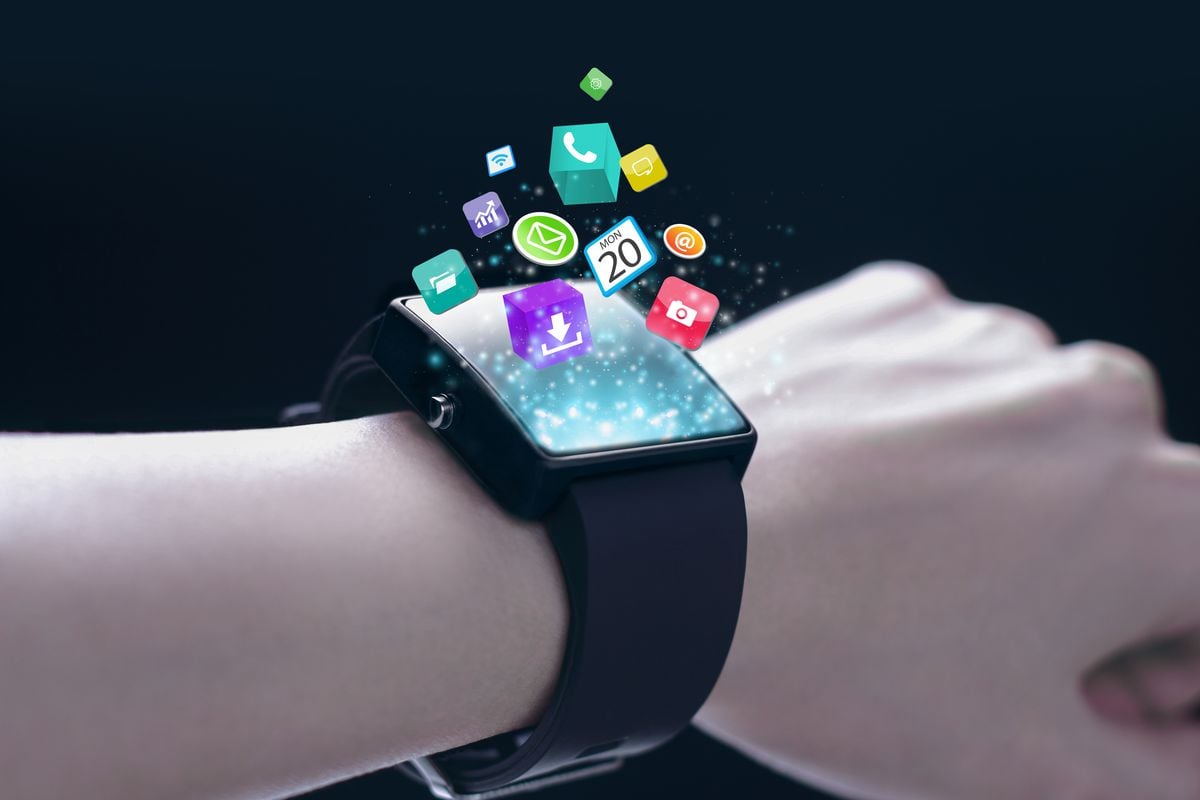“The combination of technology and fashion may be what attracts some people to these devices, but we all need to understand the risks involved in using such a device,” emphasize the experts of the digital security company ESET.
Wearables include fitness rings or bands used to monitor heart rate or oxygen levels, glasses that can augment reality with artificial means, etc.
According to recent research, the wearables market is expected to grow by 12.9% from 2023 to 2030, with its current size already reaching $71.91 billion.
The best-selling products are devices worn on the hand, on the head and on the eyes.
The personal medical information of smartwatches and wearables users is at risk
“These devices present even greater security risks than smartphones, not only for consumers, but also for businesses,” say experts from ESET, as cybercriminals try to gain access to personal information on or through them. devices.
The fact that these devices can monitor and report on users’ health metrics is just one of many concerns.
Previously, this data was only useful to the users themselves or their doctors.
Today, however, they may end up in the hands of third parties, who may sell the information or use it to create personalized ads.
Furthermore, this data can be misused to track a person’s location, habits and other details with great precision.
Security risks even in the companies where wearables users work
At the same time, the potential connection of wearables to company networks can create business security risks, as these devices often share their connections with phones, creating a potential vehicle for cyber attack.
The same is the case with phishing, vishing or smishing attacks, which are spreading in the digital world and are also a threat to “smart” watches, since their functions are usually closer to those of a phone.
Many security experts warn that “smartwatches” too often lack adequate user authentication methods, as they do not prompt users to create strong PINs or passwords to unlock their devices.
But even if they do, these measures are often weak, as the devices in question don’t offer the same set of processing power to provide complex authentication measures like phones.
However, even a simple password is better than no password at all.
Another concern is data storage. And this, because “smart watches” now have their own disk drives.
The data stored on them is often unencrypted or, even worse, uses cloud solutions to transport said data, which could be compromised relatively easily by a cyber attack.
This also applies to the Bluetooth connection between the watch and the phone, as simple data sniffers are able to intercept the transfer of data from the watch to the phone or vice versa.
ESET experts recommend five steps:
1. Check regularly for software and security updates on your watch.
2. Check your app permissions.
3. Create a PIN or password.
4. Be careful what you store on your device.
5. Keep some basic cyber security measures in mind.
Taken together, these five steps offer a “roadmap” to improving security, however, caution is still advised when using any wearable device.
Android device users should prioritize using a trusted mobile cybersecurity app and remain vigilant when downloading apps from third parties.


